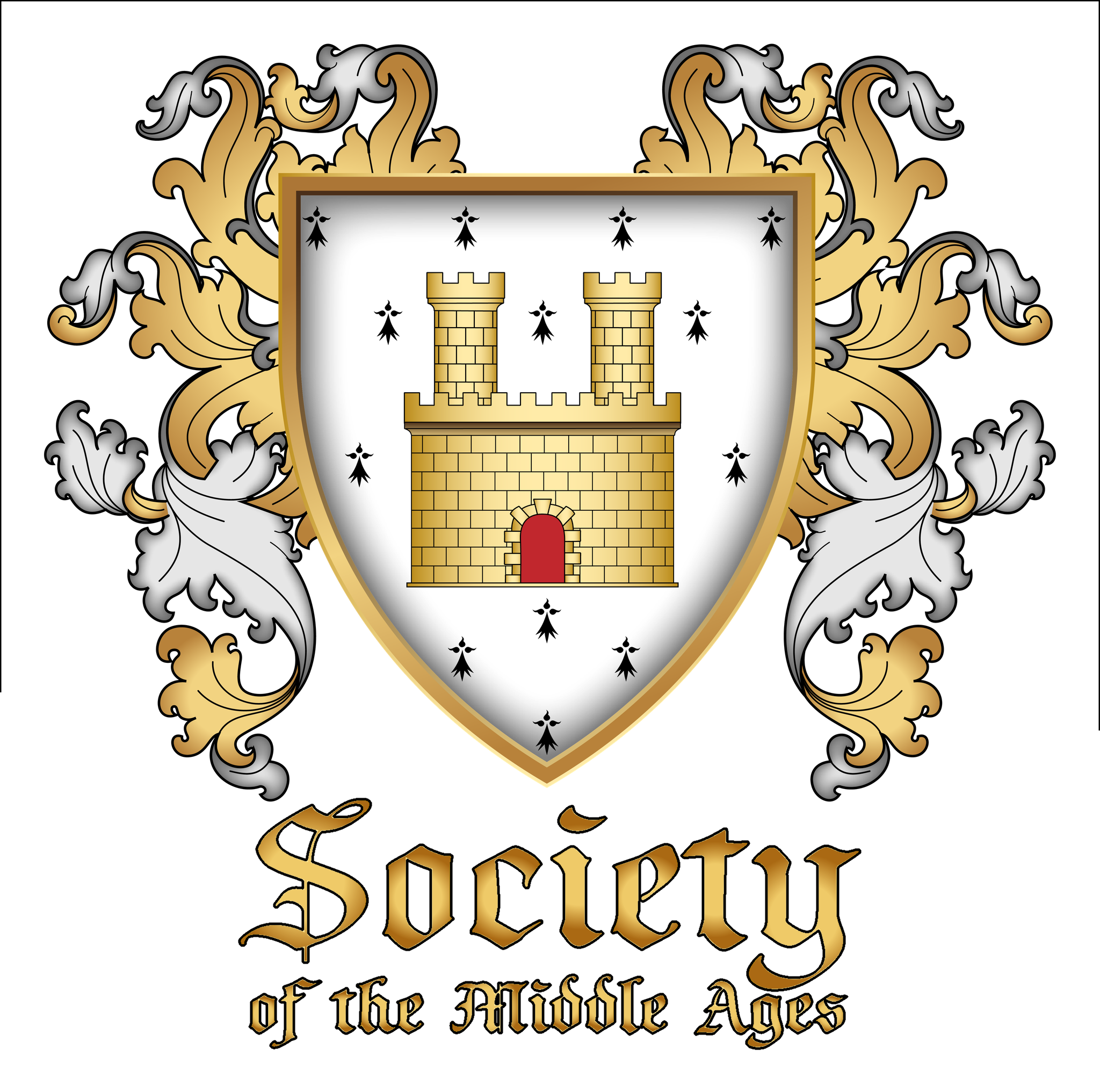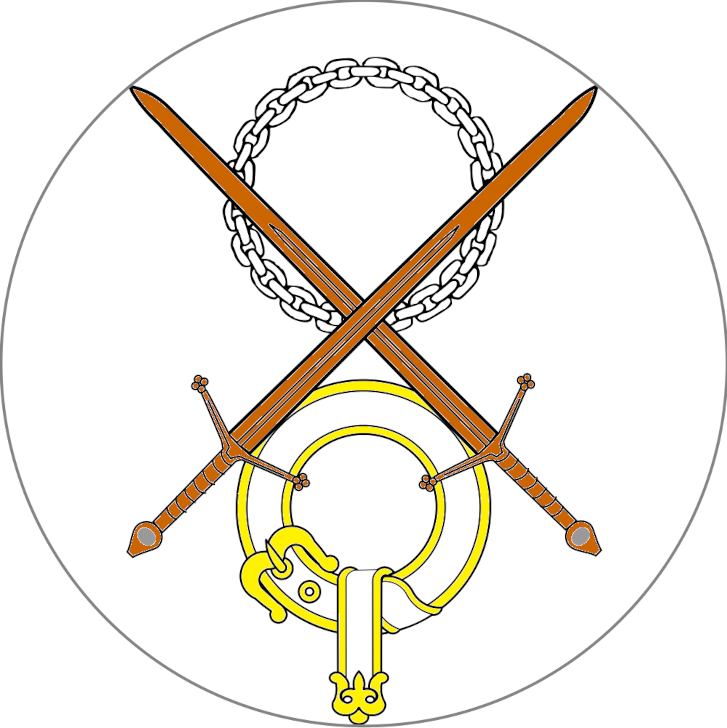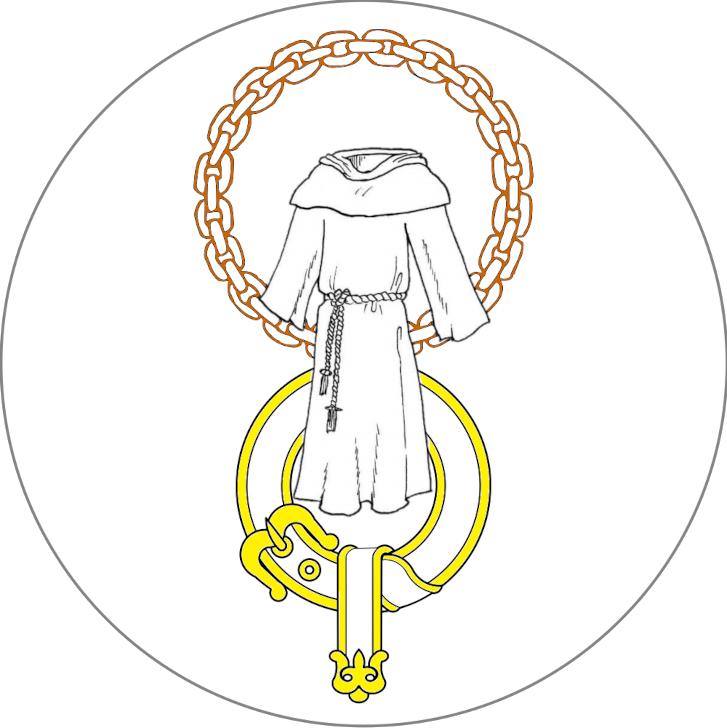The Knighthoods of the Robe
Marguerite shifted in the window seat. She had been sitting there too long, but she had less than an hour before another day was done and Queen Sophie’s commission could not wait. Prince Jean’s coronation was in less than a fortnight, and these winter days were far too short.
She cut another length of silk thread and threaded it onto the needle. A fine knot secured it inside the seam, and she continued sewing the long side seam of the prince’s coronation dalmatique until her wrap slipped from her right shoulder and she had to put her sewing down to adjust it. Frost was already growing in the little leaded windows behind her and the cold leeched through the space between her and the window, biting into her above the neckline of her warm wool gown.
It might not be too dark to sew by the light of the sun, but it had grown too cold. And, truth to tell, the weak winter sunlight had probably already faded to less than what she could get from a few well-placed candles. Queen Sophie had certainly provided her with enough. It was time to move from the window.
She laid the silk dalmatique aside, smiling as she did at the fabric’s characteristic rustle. Then she stirred up the fire in the fireplace, added a few more logs, and lit three of her precious beeswax candles.
She wouldn’t finish the dalmatique tonight, but she would finish it.
Medieval artisans worked in a variety of fields, creating the very works that embodied the material culture in which they lived. Even a simple ceramic cup can tell the observant person much about the culture that used it, and each handmade item added to the richness of that culture. From cups to clothing and songs, the material culture of a society is what makes it recognizable, beautiful, interesting, and unique.
Our artisans in the Society of the Middle Ages go to great extents to re-create the material cultures of medieval societies. From simple cups and the mead that flowed into them to the clothes people wore, the fabrics they were made from, the songs they sang, and the plays they watched, our artisans seek to learn and master all the crafts that medieval artisans practiced.
If there’s a medieval craft you’re interested in learning, someone in the Society of the Middle Ages can probably teach it to you. If you practice a medieval art, the SMA will give you a place to use and display your works, along with students who would gladly learn from you and opportunities to develop your skills further. Come join the Society of the Middle Ages and help us create the material culture of our Society!
The Path of the Robe is the study of the arts and sciences in our period. All practices of the peaceful arts, both static and performance arts, crafts and sciences are encouraged in the Path of the Robe. The order of knighthood in the Path of the Robe is the Order of the Golden Maunche.
There are three ranks of knight within this order:

Knight Bachelor
The first level of knighthood in the Path of the Robe is Knight
Bachelor in the Order of the Golden Maunche.
To become a Knight Bachelor, one must:
• Be a paid member of the Society,
• Have participated in at least five displays or competitions of five or more entrants or taught at least five scheduled classes at events, academies, university sessions, or guild meetings (or any combination of the above) since becoming a paid member. Participation as a principal in performance arts, scientific displays, and the publishing of scholarly papers may count as a display.
• The arts/sciences that are practiced by the candidate must be correct to the historical periods and geographical locations that are recreated in the SMA.
• Have submitted a persona name and personal arms to the College of Heralds.
• Be seen to have consistently behaved honorably at SMA events and activities.
Knights Bachelor shall have the right to use the title “Sir” or “Dame” and to register their personal name and armory with the College of Arms.
Knight Banneret
The second level of knighthood in the Path of the Robe is that of the
Knight Banneret in the Order of the Golden Maunche.
In order to qualify for the title of Knight Banneret, the candidate must:
• Be a paid member of the Society,
• Have participated in or judged at least five displays or competitions of five or more entrants since becoming a Knight Bachelor. Participation as a principal in performance arts, scientific displays, and the publishing of scholarly papers may count as a display.
• Have recognized skill in their primary art form as determined by advancement to the rank of Journeyman or its equivalent in the appropriate Guild.
• Be skilled in multiple art forms (e.g., costuming or armoring or oral performance and writing of poetry) or in multiple periods of a single art that changed significantly over time or geographical area (e.g., ecclesiastical music vs. minstrel music or iron/bronze metalwork vs. steel metalwork).
• Train at least one artisan to the level of Knight Bachelor in the Golden Maunche.
• The arts, crafts, trades, or sciences practiced by the candidate must be derived from and applicable to the historical periods and geographical locations that are recreated in the SMA.
• Have a persona-appropriate heraldic display.
• Be seen to have consistently behaved honorably at SMA events and activities.
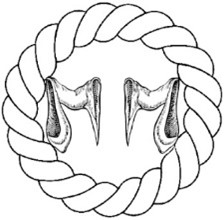
Knights Banneret shall have the right to use the title, “Lord” or “Lady” and may bear arms in the royal presence.
If a Knight Banneret is the leader of a castle, he or she may be styled, “Sir/Dame [name], Lord/Lady [castle name]”.
Knights Banneret are encouraged to establish a castle, whose members will look to them for leadership.
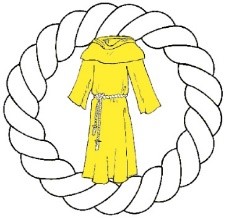
Knight Commander
The third level of knighthood in the Path of the Robe is the Knight
Commander in the Order of the Golden Maunche.
In order to qualify for the rank of Knight Commander, the candidate must:
• Be a paid member of the Society,
• Have hosted or sponsored at least five displays or competitions of five or more entrants or organized at least five scheduled academy events or university sessions (or any combination of the above) since becoming a Knight Banneret.
• Be recognized as a master of one art form as determined by advancement to the rank of Master or its equivalent in the appropriate guild and be at least proficient in two other art forms as determined by advancement to the rank of Apprentice or its equivalent in the appropriate Guilds. The differing art forms can be completely separate arts or complimentary arts such as different styles/eras of poetry.
• Assist lesser knights with the mentoring of multiple knights and squires at all levels of the Path of the Robe. This may take the form of one-on-one instruction, the hosting or management of displays or competitions, guild-centric training and instruction, or the promotion of other artisans through word fame and/or the gifting of personal tokens in recognition of their talent.
• Have achieved at least the first level of knighthood for either the Path of the Sword or the Path of the Quill.
• Be seen to have consistently behaved honorably at SMA events and activities.
Knights Commander shall have the right to use the title, “Baron” or “Baroness”. If a Knight Commander is the leader of a castle, they may be styled, “Sir/Dame [name], Baron/Baroness [castle name]”.
Knights Commander are encouraged to establish a castle, whose members will look to them for leadership.
All knights are required to maintain themselves in fealty to the royalty of their kingdom or principality.
This fealty may be sworn directly to the royalty, or may be sworn to a higher-ranking knight who is in fealty, either directly or through another, higher ranking knight, to the Crown.
The royalty of the candidate’s kingdom or principality shall have the right to elevate a person to or within an order of knighthood. Likewise, a higher-level knight who is not royal shall have the authority to elevate people to a lower level of knighthood in their order. In both instances, the candidate must be certified as having met the requirements for the level of knighthood to which they are being elevated.
All requirements toward knighthood will be tracked via the kingdom clerk’s office.
Before bestowing any accolade, the senior knight will notify the Crown of the pending action, allowing for verification with the clerk that the requirements for the new rank have been met.
Once the accolade has been bestowed, the senior knight is responsible for reporting the action to the kingdom principal herald for inclusion in the Order of Precedence. Non scripta non est.
Supernumerary orders of knighthood may be established by the royalty of a kingdom to recognize specialization in particular combat forms, particular eras or cultures, or other attributes. Such supernumerary orders shall be organized according to the desires of the royalty, in consultation with their members, but their membership shall be restricted to Knights Banneret and Knights Commander, or else to Knights Commander alone.
The Paths of Knighthood
The SMA is a group of people with diverse interests. There are three co-equal branches of Knighthood in the SMA. Each Path has its own focus, and each path has different levels of orders that can be achieved as a member learns and practices more to become better at their chosen craft. There is something for almost any interest in the SMA. Click on a path below to learn more about any activities you think might suit your interests and talents, or a path you're interested in learning in.
Path of the Sword
If you dream of striking down your foes with impunity, this may be your path. The Path of the Sword is the Martial branch of the SMA, studying European Martial Arts from the middle ages (400 to 1500 AD). Through Sword, Spear, Mace, and Shield, Knights that have chosen the Path of the Sword defend their kingdom in great battles and esteemed tournaments to test their martial prowess.
Path of the Robe
If your mind and hands turn to the creative, be it paints and dyes, metal and hammer, or woods and planes, the Path of the Robe may be your selected path. Covering everything from ale brewing, calligraphy and illumination, to crafting furniture or even water craft; the Knights that have chosen the Path of the Robe seek to authentically recreate the arts and technologies of the Middle Ages from 400 AD to 1500 AD.
Path of the Quill
This is the path of service. Be it a server of feasts, organizer of events, or any other offer of help or service. These compassionate knights are always there to lend a hand, and are recognized for their generous nature! We are all called to assist when there be a need, and these Knights that have chosen the Path of the Quill exemplify the ideas of selflessness in assisting those that need it, and the Society as a whole!
Guide to Knighthood in The Society of the Middle Ages
You can also find a wonderully comprehensive Guide to Knighthood that has been put together by Sir Galen of Bristol for all to use! Click Here to access the guide and start your own journey!
Become a member today!
Seen all you need to see? Join now! With SMA membership you are entitled to all of the privileges that full membership entails. Find glory on the field of battle. Baffle your peers with feats of art and engineering. Earn titles and rewards, all while learning and growing together with a group of enthusiastic people to surround yourself with! Join us at events to show off your latest projects, or to compete in tournaments in preparation for epic inter-kingdom wars!
